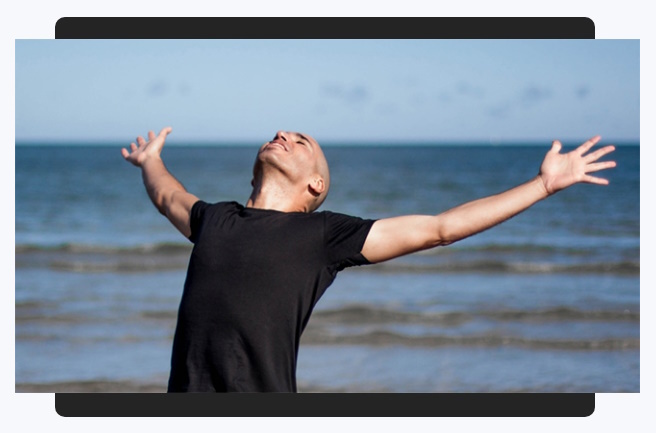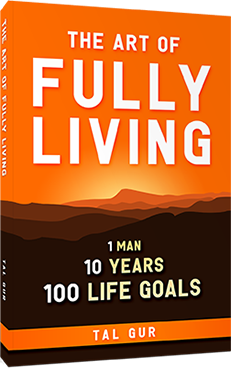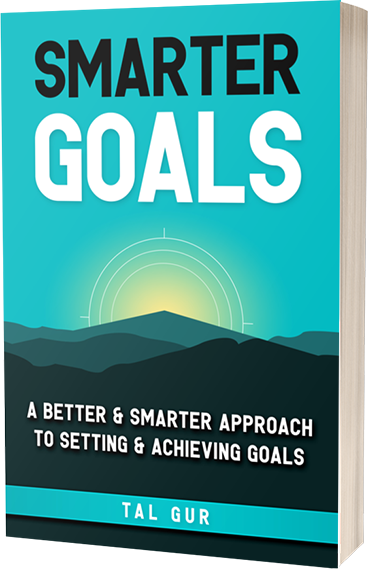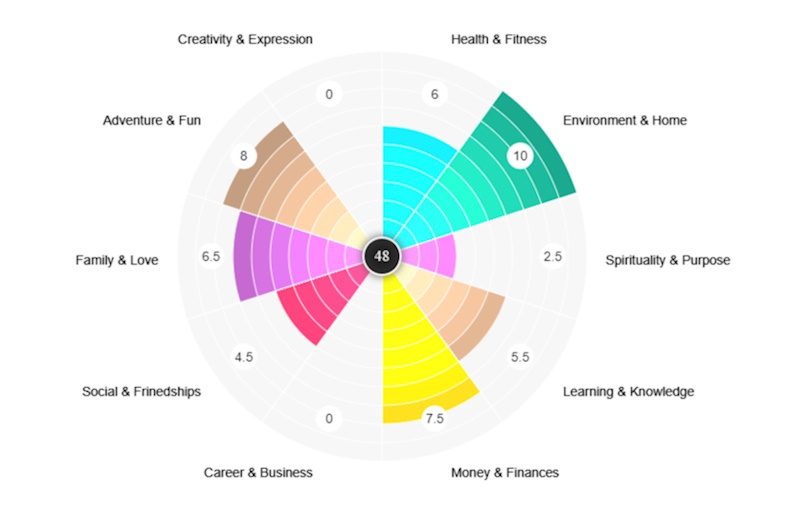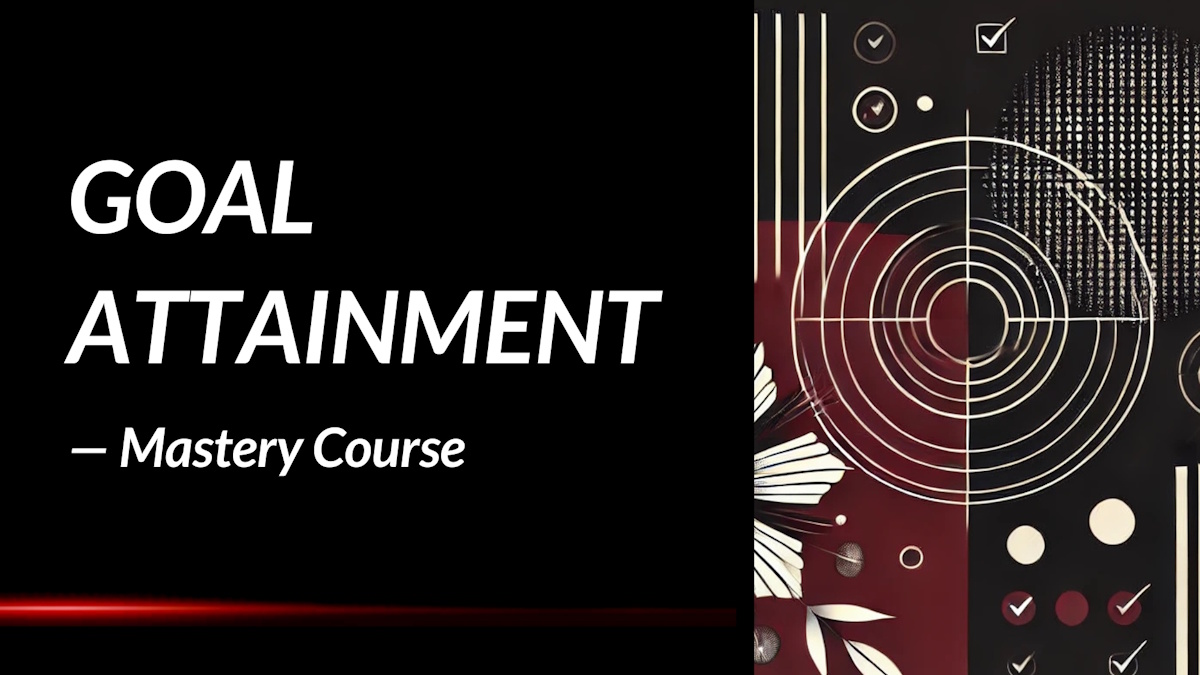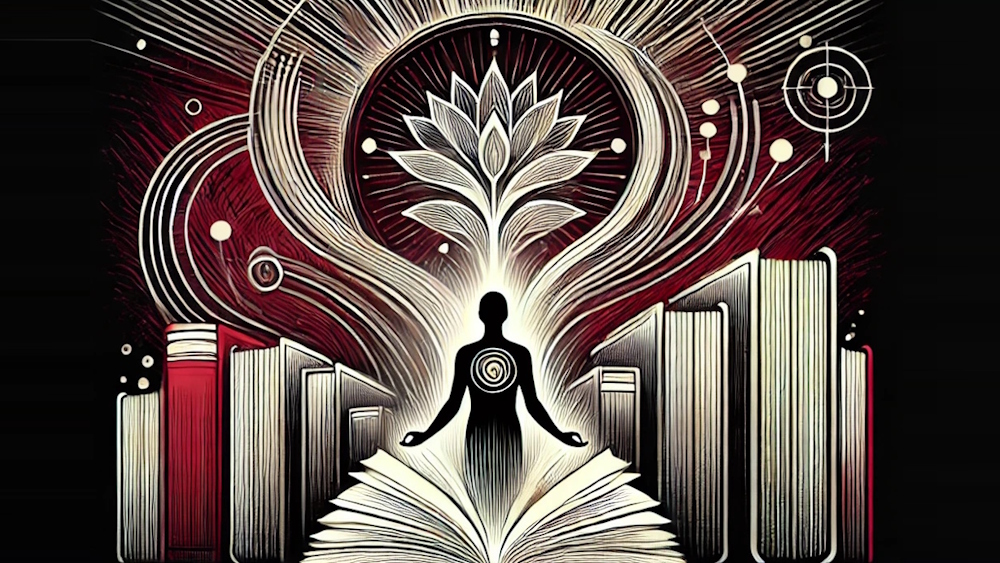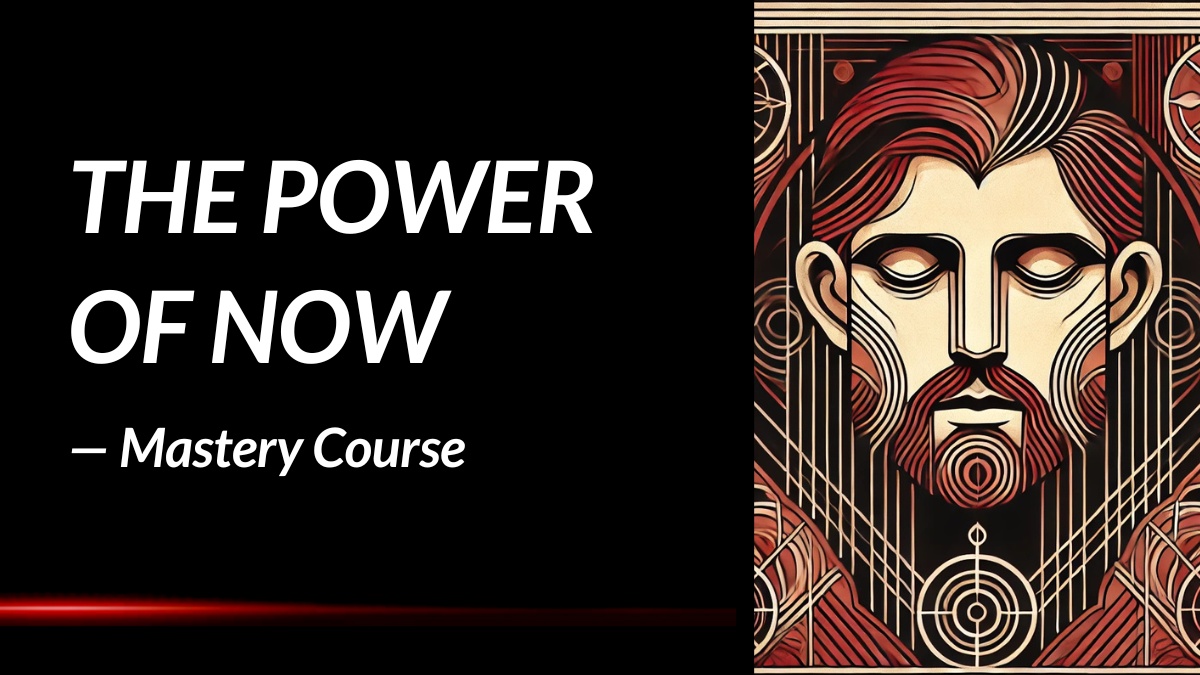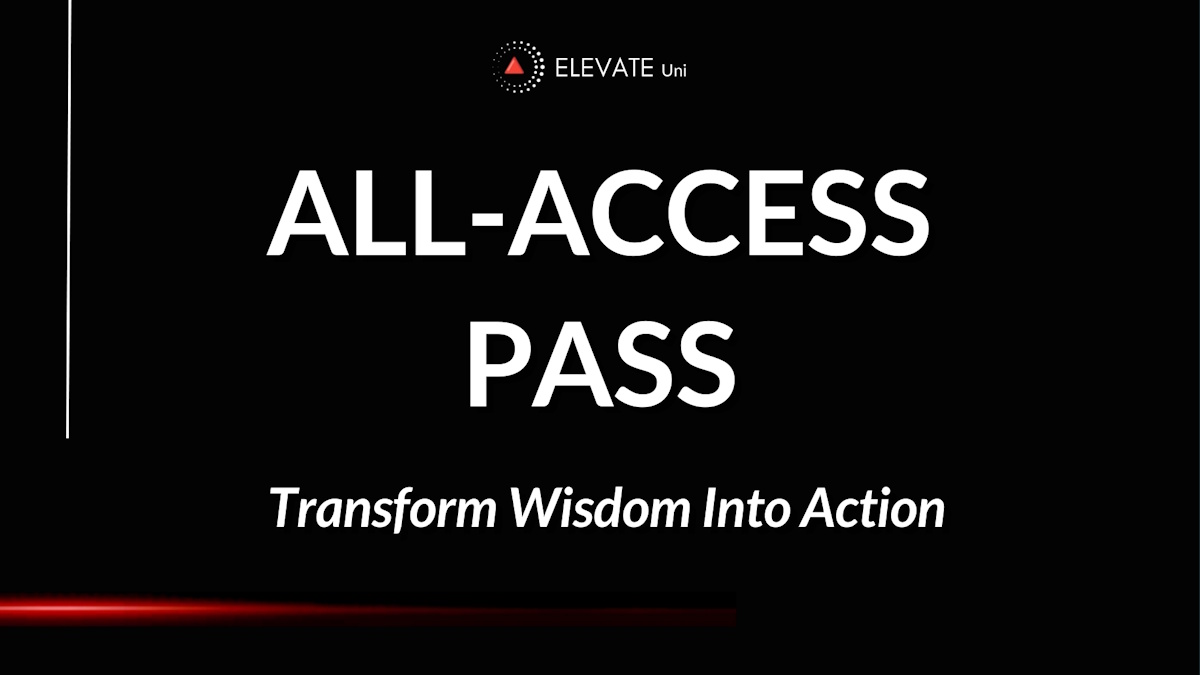The Art of Risk: Summary Review
What if the key to unlocking your potential lies in understanding how you handle risk? In The Art of Risk, Kayt Sukel—a seasoned science writer and cognitive psychology expert—dives into the intricate dance between courage, caution, and chance, offering a fresh perspective on how calculated risks can lead to personal growth and success.
What is the Book About?
The Art of Risk explores the science behind why we take risks and how we can make smarter decisions when facing uncertainty. Sukel combines neuroscience, psychology, and real-life stories to uncover the mechanisms that drive our risk-taking behaviors. By examining the roles of genetics, brain function, and social influences, she provides insights into how we assess and respond to risky situations in various aspects of life.
Throughout the book, Sukel introduces readers to individuals who regularly engage in high-stakes decisions, such as neurosurgeons, firefighters, and professional gamblers. Through these narratives, she illustrates how preparation, experience, and mindset contribute to effective risk management. The book ultimately serves as a guide for readers to understand their own risk profiles and to harness risk-taking as a tool for personal and professional development.
Book Details
Print length: 288 pages
Language: English
Publication date: March 1, 2016
Genre: Non-fiction / Psychology / Neuroscience
Book Author
Core Theme
At its core, The Art of Risk examines how risk-taking is an integral part of human decision-making and personal growth. Sukel argues that risk is not merely about thrill-seeking or reckless behavior but is deeply rooted in our biology and psychology. She explores how factors such as genetics, brain chemistry, and social environment influence our willingness to take risks and how understanding these factors can lead to more informed choices.
The book also emphasizes the importance of preparation and self-awareness in effective risk-taking. Through interviews with professionals who regularly face high-stakes situations, Sukel demonstrates that successful risk-takers are not impulsive but are instead deliberate and strategic in their approach. By combining scientific research with practical examples, she provides readers with tools to assess and improve their own risk-taking behaviors.
Main Lessons
A few impactful summary lessons from The Art of Risk:
1. Risk Taking Evolves With Age and Experience
Risk isn’t a fixed personality trait but rather a shifting dynamic that matures over time. In her exploration, Kayt Sukel emphasizes that our risk profiles are deeply influenced by biological changes, especially those occurring in the brain. Teenagers, for instance, have heightened dopamine activity that fuels motivation and emotion but is not yet balanced by fully developed impulse control mechanisms. This imbalance explains their predisposition to bold, sometimes reckless decisions. As we age and gain more life experience, the brain recalibrates, and our approach to risk becomes more measured. Understanding this developmental arc helps us see risk-taking not as irrational youthfulness or cautious aging, but as an evolving relationship between our brain, emotions, and learned behaviors.
2. Your Risk Profile Is Not What You Think
One of the book’s central revelations is that most of us misjudge how comfortable we actually are with risk. Sukel introduces diverse case studies—from surgeons and BASE jumpers to suburban parents and soldiers—that show risk tolerance isn't easily defined by lifestyle or profession. What appears to be recklessness in one context may actually be controlled confidence rooted in preparation and familiarity. This perspective challenges the binary of “risk taker” versus “risk averse,” suggesting instead that risk is context-dependent and that our self-perceptions can be misleading. Through this lens, we are invited to reassess our assumptions about our own decision-making tendencies and recognize that our relationship with risk is more fluid than we imagine.
3. Smart Risks Depend on Deliberate Practice
Sukel sheds light on the idea that effective risk-takers are not impulsive thrill seekers but individuals who deliberately train themselves to master uncertainty. Whether it’s a high-stakes poker player or a military operator, those who consistently succeed under pressure often do so by engaging in deliberate practice that mimics real-world stressors. This type of preparation strengthens their capacity for rapid, accurate decision-making when it counts. By repeatedly confronting controlled risk in practice, these individuals build muscle memory for high-stakes scenarios. The lesson here is clear: smart risk-taking is a learned skill, not an innate gift. Anyone can become more capable at navigating the unknown with preparation and resilience training.
4. Risk Is a Daily Reality, Not a Rare Event
Contrary to popular belief, risk isn’t reserved for skydivers or Wall Street investors—it’s woven into everyday life. Sukel points out that we all encounter risk constantly, from personal relationships to career choices and parenting decisions. It’s not the absence of risk that defines us, but how we interpret and engage with it. This shift in perception encourages a more grounded understanding: risk is not some dramatic, one-off decision but a collection of micro-decisions that compound over time. Seeing risk this way allows us to become more conscious of our habits and how they shape our outcomes. Embracing everyday risk means becoming more engaged with our own growth and transformation.
5. Gut Instinct Is Rooted in Science
Sukel addresses the often-dismissed concept of “listening to your gut” by linking it to emerging neuroscience. Our gut and brain communicate constantly through a complex biological network, and the gut biome significantly influences mood, behavior, and even decision-making. This validates the idea that intuition isn’t mystical guesswork but a result of our body's internal communication system responding to accumulated experience and environmental stimuli. Learning to trust our instincts doesn’t mean abandoning rational thought; rather, it means integrating bodily cues with cognitive analysis for a more holistic decision-making approach. When we embrace intuition as a legitimate form of intelligence, we open up new dimensions of insight and clarity.
6. Gender and Hormones Shape Risk Perception
One of the surprising insights in the book is how gender and hormonal differences influence our relationship with risk. It’s not that men are inherently more willing to take risks—it’s that hormonal levels, like testosterone, affect behavior regardless of gender. Women with higher testosterone, for example, exhibit comparable risk appetites to their male counterparts. Sukel challenges stereotypes by revealing that risk is not bound to traditional gender roles but is instead shaped by biology and individual variation. Understanding this nuance helps debunk outdated ideas and promotes a more inclusive narrative: anyone, regardless of gender, can be a strategic and successful risk-taker with the right mindset and tools.
7. Emotional Regulation Is Key to Risk Success
A critical component of risk-taking that emerges from the book is emotional regulation. Sukel shows that those who thrive under pressure—whether in combat, finance, or creative ventures—don’t suppress emotion, but rather learn to channel it constructively. Emotion, when properly managed, can serve as a motivator and a source of insight rather than a disruptive force. Risk becomes dangerous not because of fear or excitement, but when we let those feelings drive us blindly. Developing emotional intelligence, then, becomes a foundational skill for navigating uncertainty. When we understand how to ride the emotional wave instead of being swept by it, we make better, bolder choices.
8. Risk Is Best Viewed as Opportunity
Sukel critiques narrow definitions of risk that focus only on danger and loss, proposing instead a more balanced view that includes opportunity. Too often, people avoid risk out of fear, failing to recognize that growth, innovation, and personal breakthroughs lie just on the other side of discomfort. By redefining risk as a dual-sided coin—where the potential for gain is just as real as the threat of failure—we learn to see uncertainty not as a threat, but as an open door. This mental shift can radically transform how we approach challenges, turning hesitation into courage and caution into strategy. It’s a mindset that favors curiosity over fear.
9. Neuroscience Can Empower Better Decisions
The Art of Risk excels at making complex neuroscience accessible to everyday readers, helping us see how brain chemistry influences our choices. Dopamine pathways, limbic systems, and prefrontal cortex functions all play roles in how we weigh outcomes and make decisions. Sukel's accessible storytelling allows us to grasp how even the most irrational-seeming behaviors often have biological roots. With this awareness, we can move from being passive subjects of our instincts to active agents in our choices. Understanding how the brain functions doesn’t strip life of its mystery—it gives us tools to steer through it more confidently.
10. Risk Taking Is an Art That Can Be Honed
Sukel's overarching message is that risk-taking is not just a science but an art—one that blends intuition, preparation, knowledge, and courage. She invites readers to move beyond viewing risk as a gamble and to start seeing it as a craft. Whether you're a parent, a professional, an athlete, or an artist, developing a better relationship with risk is about practice, perspective, and persistence. When we learn to trust our tools—emotional regulation, scientific understanding, gut instinct, and calculated preparation—we become more than just survivors of uncertainty. We become architects of bold, thoughtful lives shaped not by fear of failure, but by a willingness to grow.
Key Takeaways
Key summary takeaways from the book:
- Risk-taking is influenced by a combination of genetic, neurological, and environmental factors.
- Effective risk-takers are often well-prepared and deliberate in their decision-making processes.
- Understanding one's own risk profile can lead to better personal and professional outcomes.
- Social influences and peer behaviors can significantly impact our perception of risk.
- Embracing calculated risks can be a pathway to growth, learning, and success.
Book Strengths
The Art of Risk excels in making complex scientific concepts accessible and engaging for a general audience. Sukel's use of real-life stories and interviews adds depth and relatability to the subject matter. The book is well-structured, providing a balanced mix of research, personal anecdotes, and practical advice, making it both informative and enjoyable to read.
Who This Book Is For
This book is ideal for readers interested in psychology, neuroscience, and personal development. It's particularly beneficial for individuals looking to understand their own decision-making processes and those seeking to improve their ability to take calculated risks in various aspects of life.
Why Should You Read This Book?
Reading The Art of Risk offers valuable insights into the science of decision-making and the factors that influence our willingness to take risks. By understanding these elements, readers can make more informed choices, embrace opportunities for growth, and navigate life's uncertainties with greater confidence.
Concluding Thoughts.
The Art of Risk is a compelling exploration of the science behind our choices and the role of risk in shaping our lives. Kayt Sukel's engaging writing style and thorough research make this book a valuable resource for anyone looking to understand and improve their decision-making abilities.
By shedding light on the mechanisms that drive our behaviors, Sukel empowers readers to take control of their lives and embrace the calculated risks that lead to personal and professional fulfillment.
→ Get the book on Amazon or discover more via the author's website or social channels.
* The publisher and editor of this summary review made every effort to maintain information accuracy, including any published quotes, lessons, takeaways, or summary notes.
Chief Editor
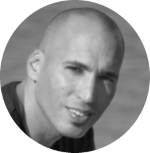 Tal Gur is an author, founder, and impact-driven entrepreneur at heart. After trading his daily grind for a life of his own daring design, he spent a decade pursuing 100 major life goals around the globe. His journey and most recent book, The Art of Fully Living, has led him to found Elevate Society.
Tal Gur is an author, founder, and impact-driven entrepreneur at heart. After trading his daily grind for a life of his own daring design, he spent a decade pursuing 100 major life goals around the globe. His journey and most recent book, The Art of Fully Living, has led him to found Elevate Society.

